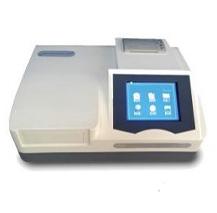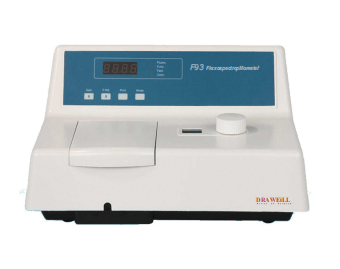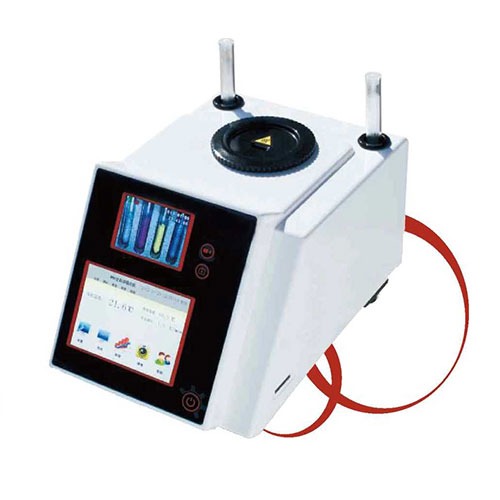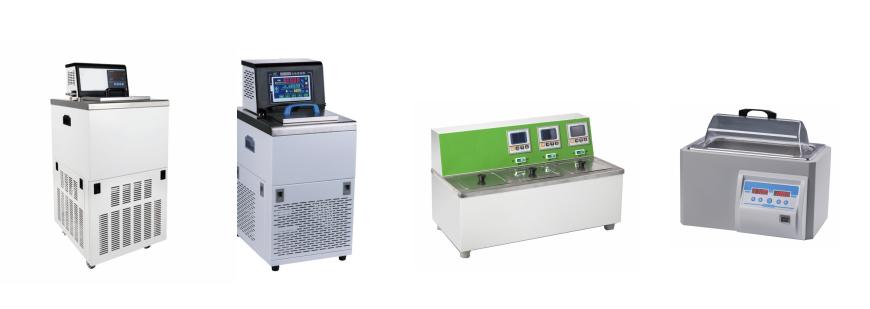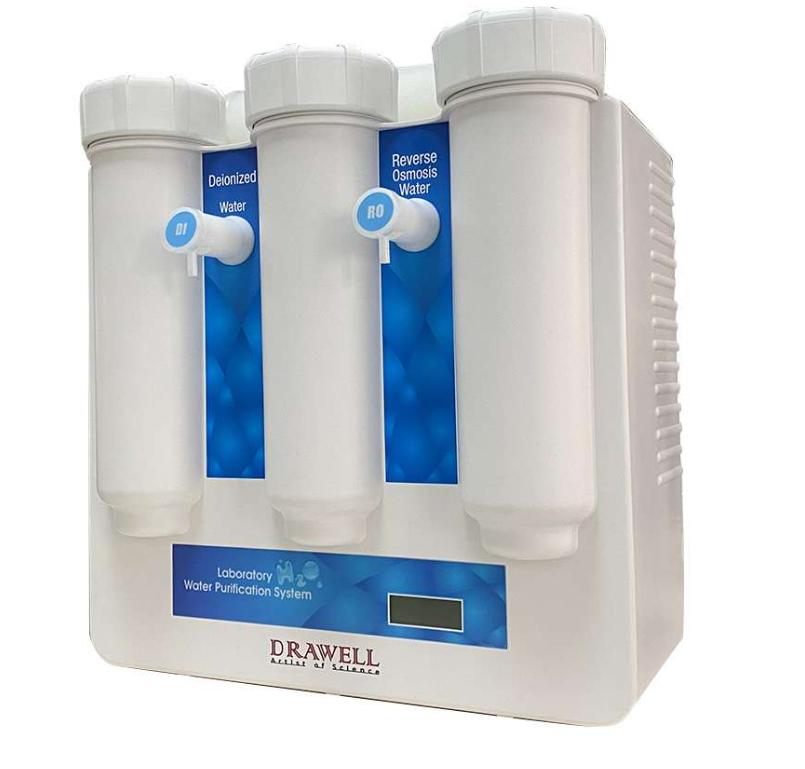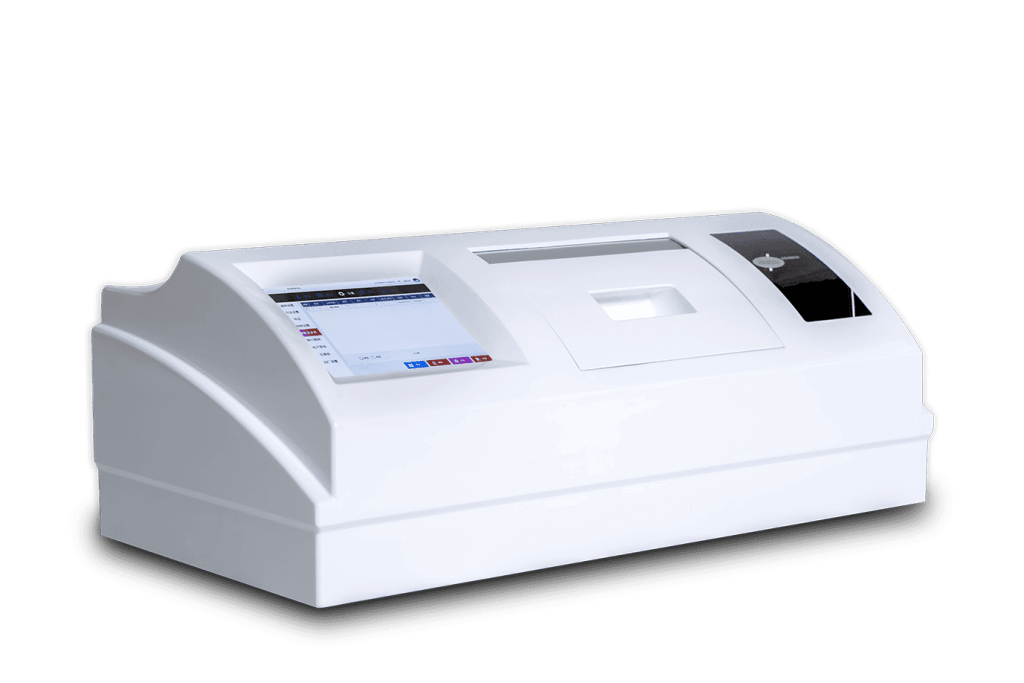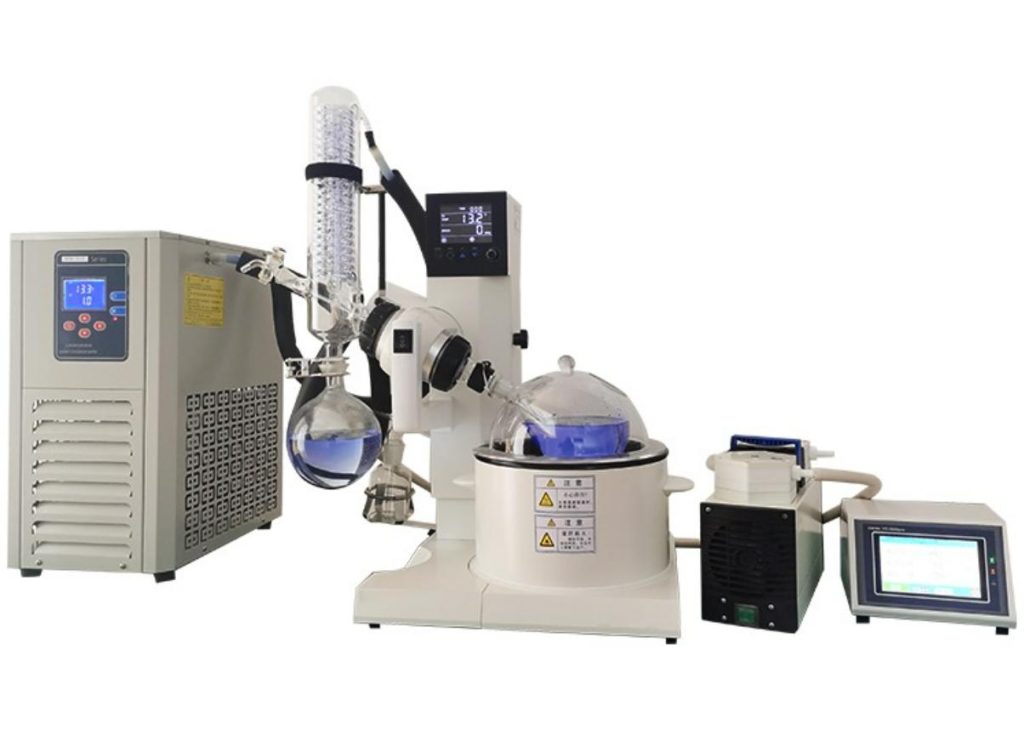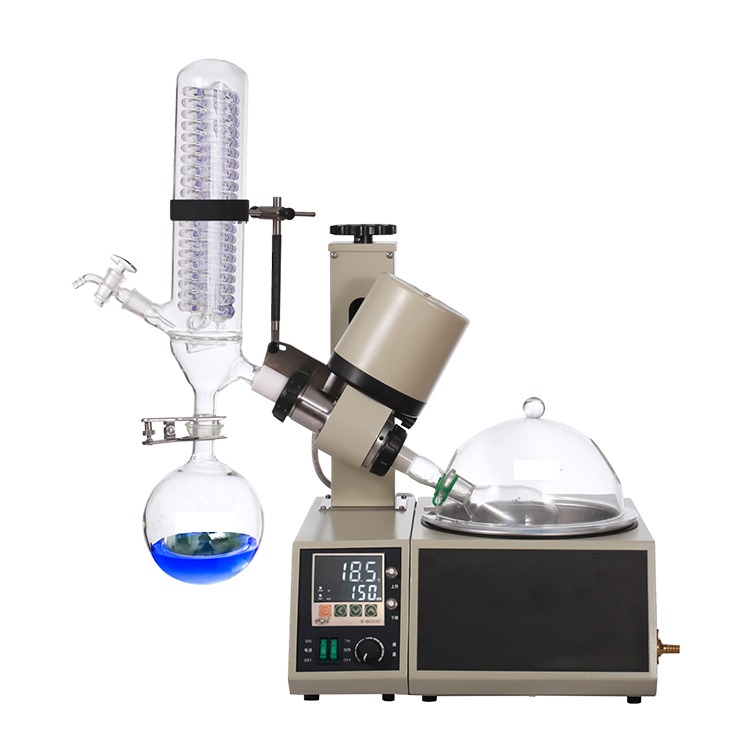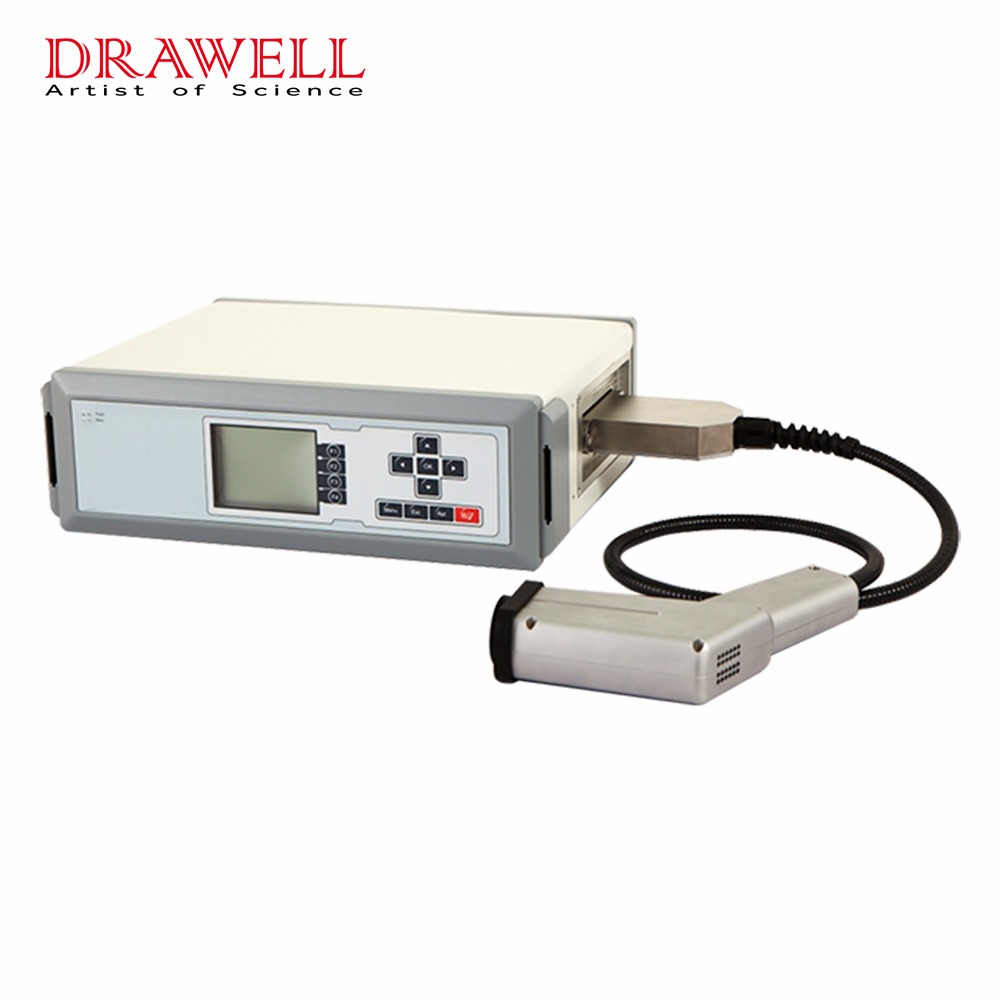News
Top Uses of ELISA Readers and Washers: From Research to Diagnostics
The Enzyme-Linked Immunosorbent Assay (ELISA) is a vital technology in both research and diagnostics, known for its ability to detect and quantify various biological substances like proteins, antibodies, and antigens. Whether for disease testing, drug discovery, or immunology studies, ELISA has become a cornerstone of laboratory work. To perform an ELISA accurately and efficiently, two…
Comparative Analysis of Fluorescence Spectrophotometers and UV-vis Spectrophotometers
In the world of spectroscopy, both fluorescence spectrophotometers and UV-vis spectrophotometers are widely used for analyzing substances, but they work based on different principles and are suited for different types of analysis. Understanding the distinctions between the two types of spectroscopy instruments is crucial for selecting the right one for specific applications. Key Differences and Similarities between…
Why Choose Automatic Melting Point Meters to Handle Complex Samples
Melting point determination is a critical aspect of material analysis, particularly in industries where understanding the thermal behavior of substances is essential. While traditional melting point measurements can handle standard materials, more complex samples often present unique challenges that require advanced technology. Automatic melting point meters are specifically designed to address these challenges, offering precise, efficient, and…
What Are the Uses of a Water Bath in the Laboratory
A water bath is a staple piece of equipment in many laboratories, used across various disciplines for its ability to maintain a consistent and controlled temperature. Whether you’re working in chemistry, biology, or pharmaceuticals, water baths provide an efficient and reliable means of incubating samples, dissolving substances, or conducting temperature-sensitive experiments. In this article, we will…
What is the Essential Role of Laboratory Deionized Water System?
A laboratory deionized water system is an essential tool for providing highly purified water required in scientific experiments, analyses, and equipment maintenance. Deionized water is free from ions and minerals, making it ideal for critical applications where impurities can affect results. Understanding how a laboratory deionized water system works, its benefits and how to maintain it are key factors…
How to Use a Polarimeter
Polarimeters are used to measure the optical activity of substances, which is their ability to rotate the plane of polarization of plane-polarized light. Understanding the optical activity of substances helps in determining the sample’s purity, concentration, or molecular structure, which are crucial in industries such as pharmaceuticals, food production, and chemistry. Here we will provide a…
Rotovap VS Distillation Apparatus: How to Choose for Lab Use
In laboratory settings, the ability to separate and purify compounds is essential for various processes, from chemical analysis to product development. Two commonly used pieces of equipment for this purpose are the Rotary Evaporator (Rotovap) and the Distillation Apparatus. While both serve similar functions, they differ significantly in design, applications, and performance. This article aims to…
Advanced Vacuum Systems in Rotary Evaporators
The key to effectiveness of rotary evaporators lies in the vacuum system, which plays a critical role in reducing the boiling point of solvents, allowing for their gentle evaporation at lower temperatures. Recent advancements in vacuum technology have significantly improved the performance, efficiency, and versatility of rotary evaporators. This article delves into the latest developments in advanced vacuum…
Why Miniaturized Near-Infrared Spectrometersare Widely Applied in Compact Forms
Miniaturized Near-Infrared spectrometers represent a significant leap in analytical technology, offering powerful performance in a compact size. These devices operate in the near-infrared region (typically 800–2500nm), enabling them to detect molecular vibrations and provide detailed information about the chemical composition of various materials. Their portability and reduced size make them ideal for real-time, on-site applications across…
How Does Video Technology Transform Melting Point Measurement
Melting point measurement is a fundamental technique in many scientific and industrial fields. Traditionally reliant on manual observation, this technique has evolved significantly with the integration of video technology. The advent of advanced video systems has transformed the precision, efficiency, and reliability of melting point determination. This article explores the latest advancements in video technology…


